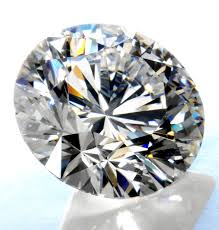
Stephen will sort, select and show you a range of diamonds to suite your design and budget. The qualities of each will be explained and shown to you and then you can make a truly informed decision as to which diamond appeals to you for your special piece of jewellery. Please examine the following Diamond Guide for a quick introduction to some of the main quality aspects considered in diamond selection.